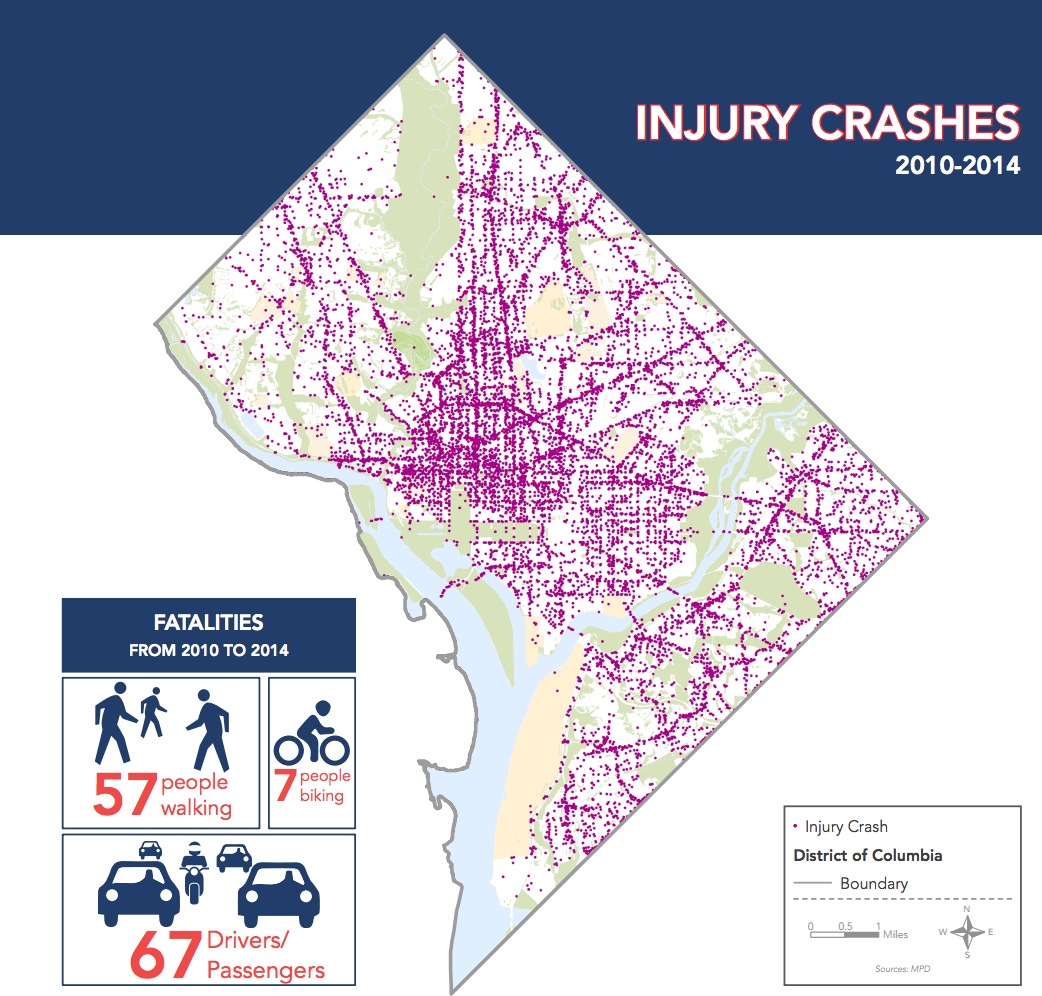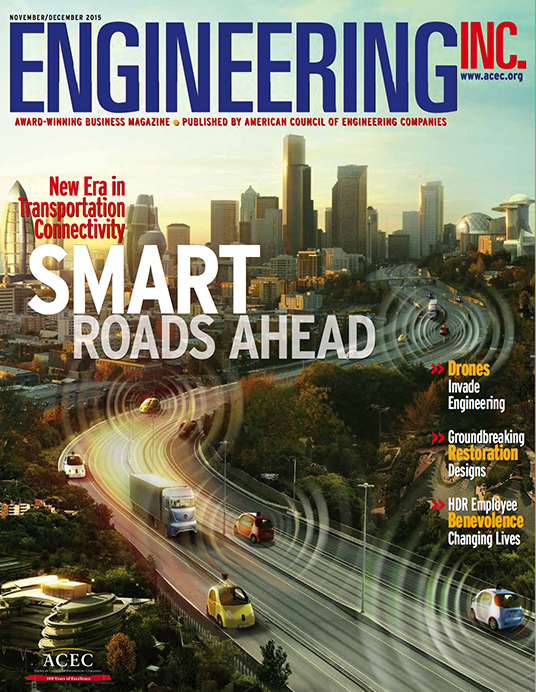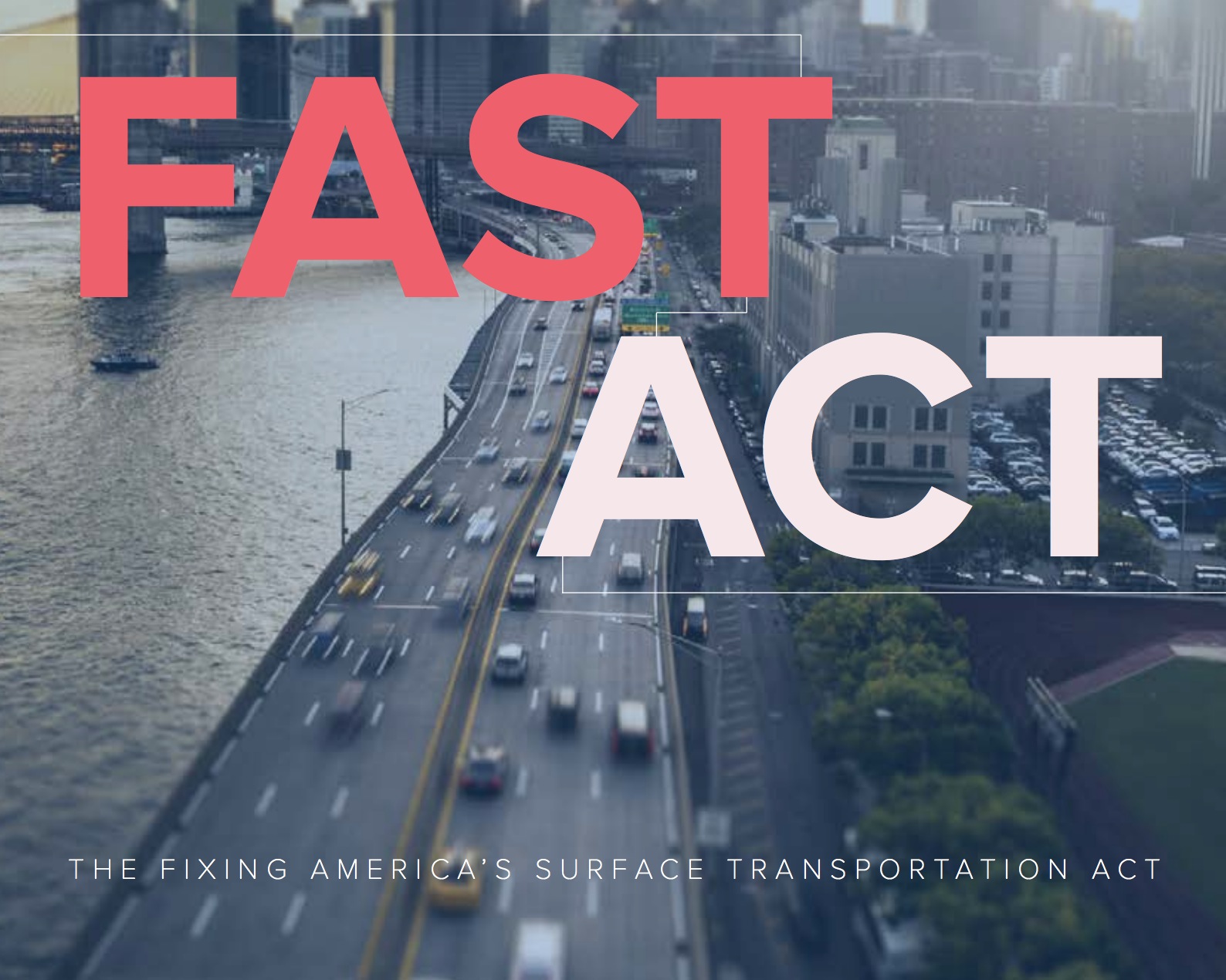
DISTRICT DEPARTMENT OF TRANSPORTATION
The goal of Vision Zero is straight-forward: zero fatalities and serious injuries in our transportation system, because no loss of life is acceptable. Vision Zero was first adopted in Sweden in 1997. Since then, fatal and serious injuries in Sweden have consistently declined, despite a regular increase in people driving, walking, biking, and using transit.





















 RSS Feed
RSS Feed